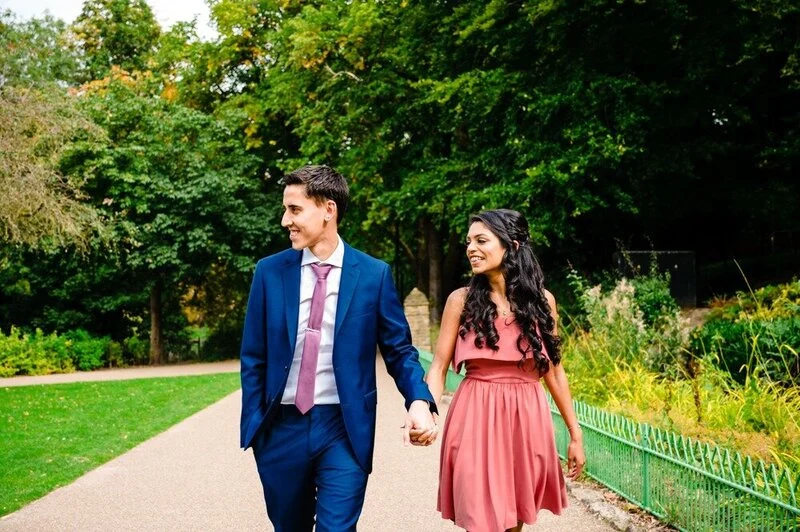
How to Make the Most of Natural Light in Your Photography
Introduction
In the world of photography, natural light is often hailed as one of the most powerful tools at a photographer's disposal. Whether you're a seasoned professional or an enthusiastic hobbyist, mastering how to utilize natural light can elevate your images to new heights. From enhancing moods to creating dramatic effects, understanding how sunlight interacts with your subjects opens up endless creative opportunities. In this comprehensive guide, we will explore various techniques and tips on how to make the most of natural light in your photography.
What is Natural Light Photography?

Natural light photography is simply capturing images using available light sources that occur naturally, such as sunlight. This technique emphasizes the beauty and essence of the environment, allowing photographers to connect more deeply with their subjects.
The Advantages of Using Natural Light
Understanding Different Times of Day for Photography
Choosing the right time of day significantly impacts how you use natural light in your photos. Here’s a breakdown:
Golden Hour Magic
The golden hour occurs shortly after sunrise and before sunset. During this time, sunlight takes on a warm, golden hue that flatters skin tones and creates stunning backgrounds.
Blue Hour Beauty
The blue hour occurs just before sunrise or just after sunset when the sky takes on a beautiful blue tone. This period offers unique opportunities for capturing atmospheric landscapes.
How to Make the Most of Natural Light in Your Photography
To truly harness the power of natural light in your photography, it’s essential to understand its characteristics and learn how to manipulate it effectively.
Understanding Directionality of Light
Light direction plays a critical role in shaping your images. Here are some common directions:
- Front Lighting: Provides even illumination but can flatten your subject.
- Side Lighting: Creates depth and dimension by casting shadows.
- Backlighting: Produces silhouettes or highlights edges, adding drama.
Utilizing Reflective Surfaces
Using reflective surfaces can enhance natural light in your photos. Walls, water bodies, or even reflectors can bounce sunlight onto your subject for a softer look.
Experimenting with Shadows
Shadows can add intrigue to your photographs. Play around with how shadows fall across your scene—use them to create patterns or emphasize textures.
Finding Ideal Locations for Natural Light Photography
Finding locations Birmingham wedding photographers that complement natural lighting conditions can dramatically improve your images.
Urban Landscapes
Birmingham wedding photographers often capture beautiful moments against urban backdrops where reflections from buildings can create interesting lighting dynamics.
Nature Settings
Parks and forests provide dappled sunlight that filters through leaves; this softens harsh rays and gives a dreamy quality to portraits.
Tips for Shooting in Various Weather Conditions
Weather conditions influence how you utilize natural light significantly. Here’s how you can adapt:
Bright Sunny Days
On bright sunny days, avoid shooting directly under harsh midday sun; instead:

- Seek shade under trees or buildings.
- Use diffusion materials like sheer fabric to soften direct sunlight.
Overcast Skies
Cloudy days provide diffused lighting—ideal for portraits since it minimizes harsh shadows:
- Embrace these soft conditions; they produce even skin tones without glare.
Understanding White Balance in Natural Light Photography
White balance ensures that colors remain true-to-life in your photographs. Here’s what you need to know:
Adjusting White Balance Settings
Most cameras allow you to adjust white balance manually:
- For sunny days set it to “Daylight.”
- For overcast skies use “Cloudy” settings for warmer tones.
Composition Techniques Using Natural Light
Composition plays an integral role when utilizing natural light creatively. Here are some techniques:
Rule of Thirds
Positioning key elements off-center aligns well with natural light sources—creating dynamic tension within the frame.
Leading Lines
Incorporate leading lines toward areas where natural light shines through; this draws viewers’ eyes into focal points beautifully illuminated by sunbeams.
Post-Processing Tips for Enhancing Natural Light Images
Editing software allows photographers further manipulation over their images taken under natural lighting conditions:
Adjusting Exposure
Sometimes it may be necessary to brighten dark areas without losing detail from highlights; tools like Lightroom give precise control over exposure adjustments while retaining quality.
Color Grading
Play around with color grading techniques after capturing photos during varying daylight hours—enhancing moodiness through warm tones during golden hours or cool tones during blue hours adds character!
FAQs about Using Natural Light in Photography
What time should I shoot for the best natural lighting?
For portrait photography, aim for golden hour shortly after sunrise or before sunset when the sun casts soft shadows resulting in flattering skin tones.
Can I shoot indoors using only natural light?
Absolutely! Find large windows where ample daylight pours through; positioning subjects near these windows allows you access beautiful diffused lighting indoors!
How do I avoid harsh shadows?
You can avoid harsh shadows by shooting during overcast days when clouds act as a giant softbox diffusing sunlight evenly across scenes—or taking advantage of shaded areas outdoors!
Should I use a reflector?
Using reflectors enhances illumination on subjects by bouncing existing light onto them; they’re particularly useful during bright sunny days!
What if my camera doesn’t have manual settings?
Even automatic cameras usually have preset modes geared towards specific environments—look for landscape modes designed specifically suited for shooting outdoors!
Conclusion
Mastering how to make the most of natural light in your photography transforms not just individual shots but also overall storytelling capabilities behind each image captured! Remember—experimenting alongside learning from experiences will build confidence along this journey towards capturing timeless memories forever etched within photographs!
So whether working alongside Birmingham wedding photographers like Ikonic Media Solutions Wedding Photography who expertly wield these techniques—they illuminate joy while preserving love amidst life’s fleeting moments—the potential lies within every photographer eager enough embrace what nature has bestowed upon them!